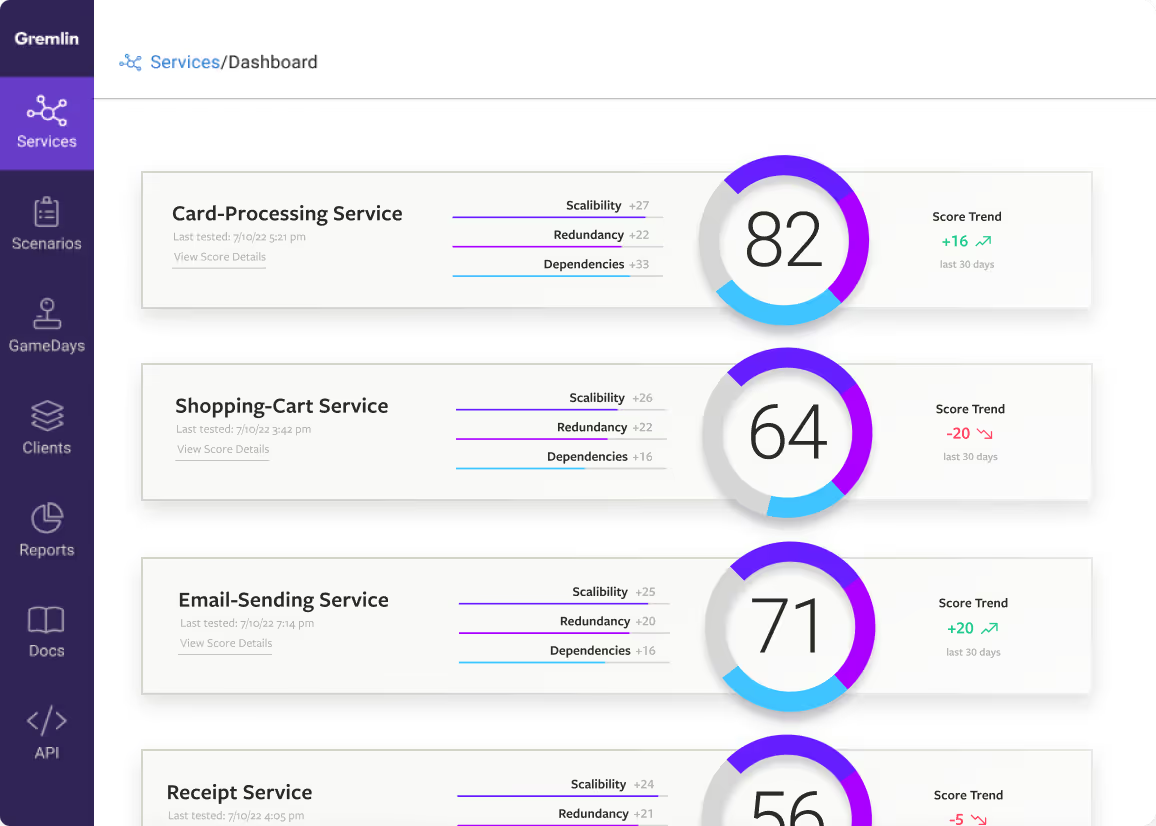Improving Reliability during Kubernetes Migrations
As you begin your migration to Kubernetes, you want to be certain that your applications and services will be resilient. Adopting Kubernetes is often fraught with unexpected reliability problems, especially when migrating from a more traditional monolithic architecture.
This white paper presents the top reliability risks teams face when adopting and migrating existing applications to Kubernetes.
Read White Paper
Thanks for requesting Improving Reliability during Kubernetes Migrations! View the whitepaper here. (A copy has also been sent to your email.)
About the Authors
Jordan Pritchard
Director of Infrastructure & Site Reliability Engineering
Michael Kehoe
Architect of reliable, scalable infrastructure
Rodney Lester
Technical Lead, Reliability Pillar of Well Architected Program
Tammy Butow
Principal SRE
Jay Holler
Manager, Site Reliability Engineering
Ramin Keene
Founder
In this white paper, we cover
- What a microservice architecture is and how it differs from a monolithic architecture
- Reliability concerns and strategies for migrating a monolithic application to microservices
- Recommendations for successfully completing your Kubernetes migration with minimal impact to reliability or downtime
Migrating a monolithic application to Kubernetes has risks, but reliability doesn’t have to be one of them. Understanding and planning out your migration beforehand will limit your risk of downtime, reduce adoption time, build resilience to common failure modes, and help onboard your engineers faster.
Avoid downtime. Use Gremlin to turn failure into resilience.
Gremlin empowers you to proactively root out failure before it causes downtime. See how you can harness chaos to build resilient systems by requesting a demo of Gremlin.

.svg)





